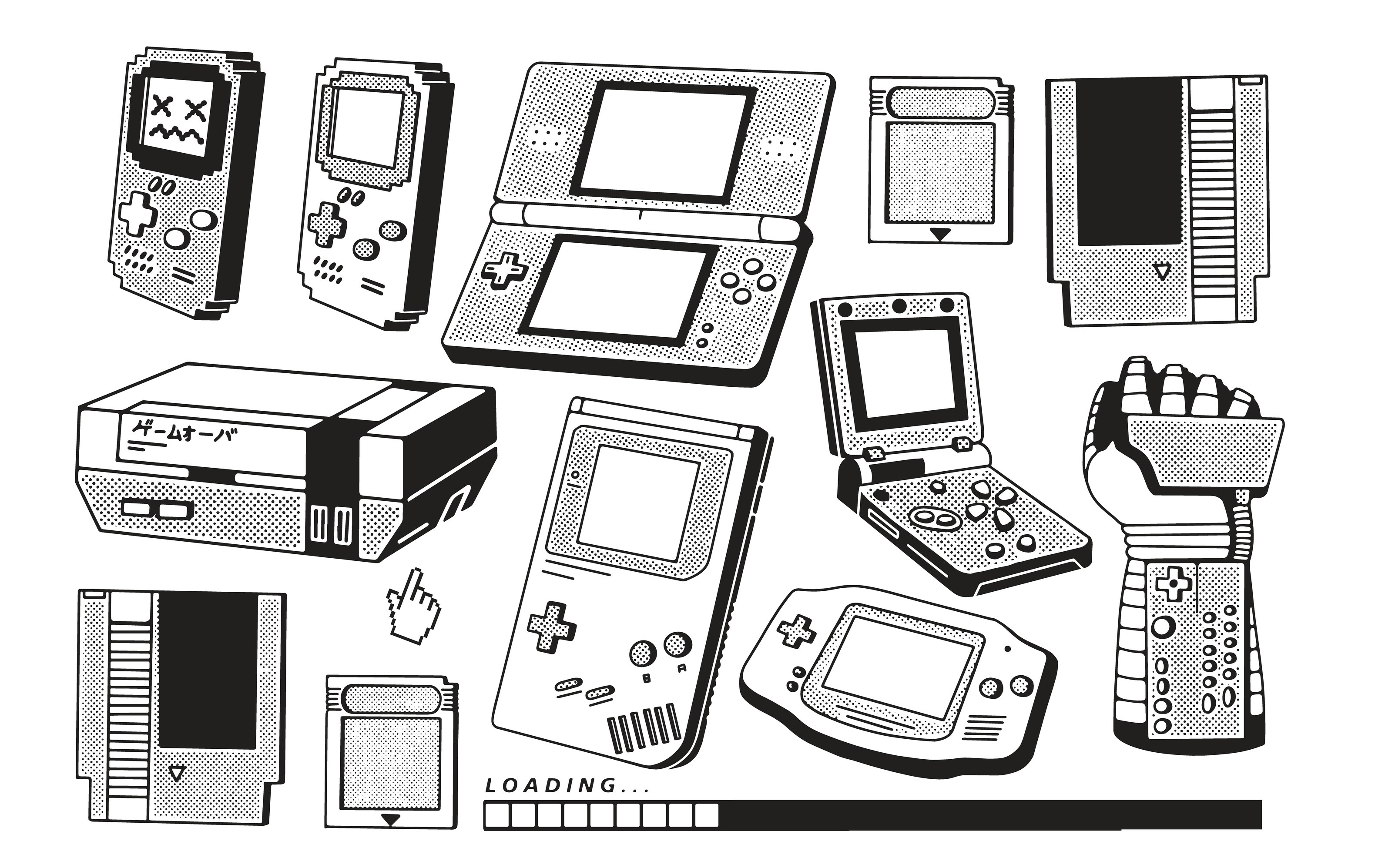
Nintendo has long been accused of not understanding what online players want.
“Online gaming normally belongs to the most aggressive players,” remarked the late Satoru Iwata, then-president of Nintendo, during his keynote speech at the 2006 Game Developers Conference. “And they can be a very vocal group. For the casual player, this kind of interaction can be very intimidating… I believed if we catered to only this very vocal group of hard-core players, we could never truly expand the audience.”
Sixteen years later, today’s online gaming landscape is remarkably diverse, ranging from the cerebral lull of Wordle to the harried gunfire of Halo Infinite. But the online games that command the biggest audiences still tend to be first-person shooters like Destiny 2 and Call of Duty: Warzone. By comparison, even Nintendo’s most frenetic multiplayer titles, such as Super Smash Bros Ultimate or Splatoon 2, exude a kind of familial warmth. (Super Smash Bros., lest we forget, is canonically a fight between sentient toys.)
With its latest title, Nintendo Switch Sports, the company continues to build online experiences wholly unlike those of its biggest competitors. Far from the madding crowd of slur-spewing tweens, Nintendo has quietly molded its own brand of competition that’s just as compelling, but tuned to the appetites of the rest of us.
Switch Sports gives you six simple sports whose end goal is not the decimation of your opponent but a spirited contest between peers. That’s emblematic of the company’s desire for players to put the controller down — win or lose — with a smile on their face.
The rest of us
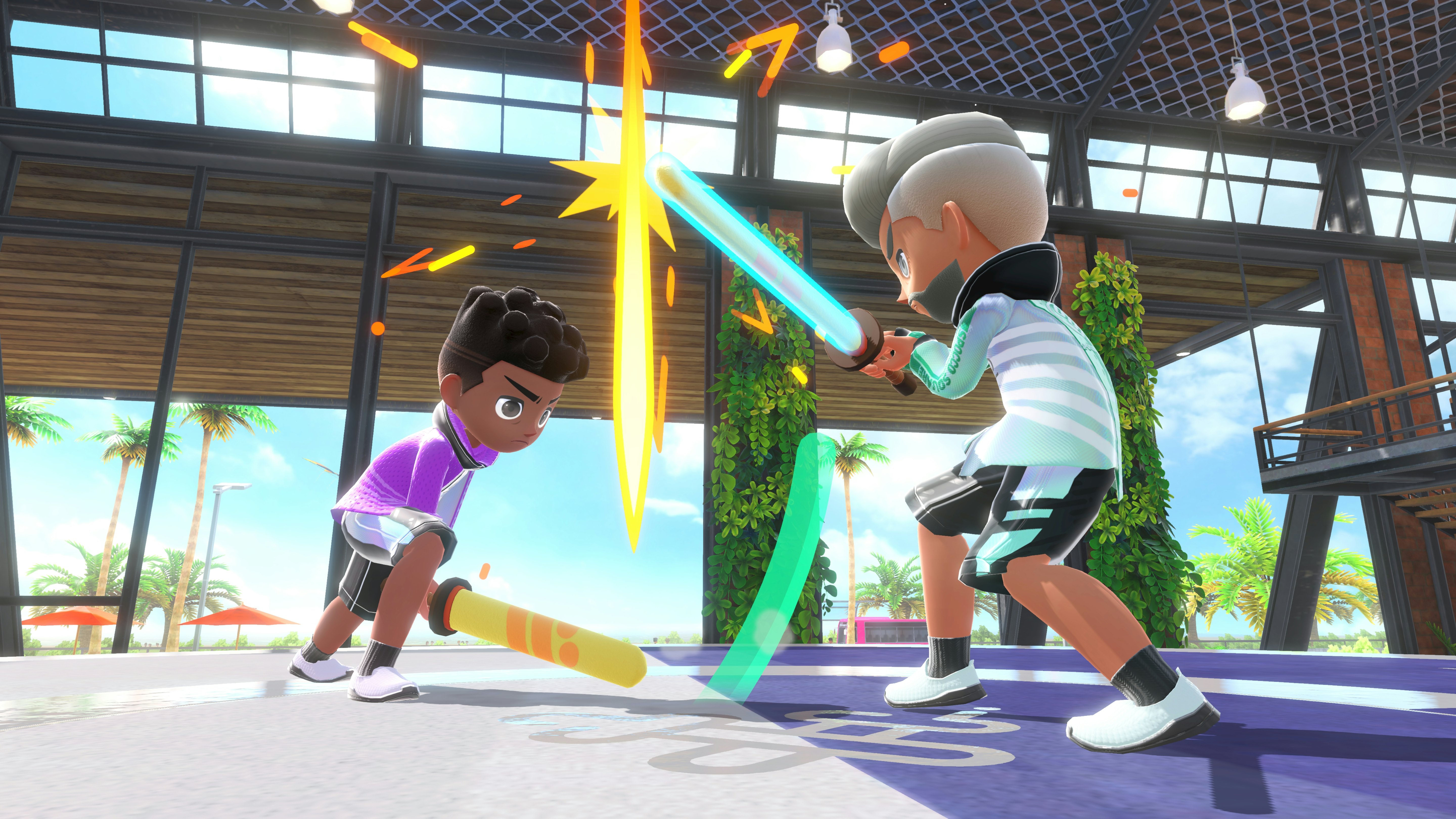
This kind of collaborative, non-violent competition has been part of gaming since its infancy in the ‘60s and ‘70s. If anything, it’s only grown more popular in recent years thanks to breakout titles such as Fall Guys, Among Us, Minecraft, and Roblox.
But for some reason, the narrative persists of Nintendo being “bad at online.” Sure, the company’s technical backend is not as airtight as others. But the complaint seems divorced from the way a vast amount of people want to play games online.
Nintendo’s approach to online is in line with its overall philosophy of traveling down its own path, the rest of the industry be damned. And I suspect many other players out there feel the same way I do: relieved and grateful that Nintendo is still making games like Switch Sports, because a two-minute Badminton match can be a welcome alternative to spraying bullets and hours-long raids.
This kind of generosity can be seen in almost all of Nintendo’s online-centric games. Splatoon’s mechanics enable even the worst players to contribute, where a missed shot is actually productive — You can’t miss the ground, after all. Last winter’s Big Brain Academy: Brain vs. Brain features a mode called Ghost Clash, which pits you against the recorded actions of other players, another subtle way to make online gaming as accessible as possible.
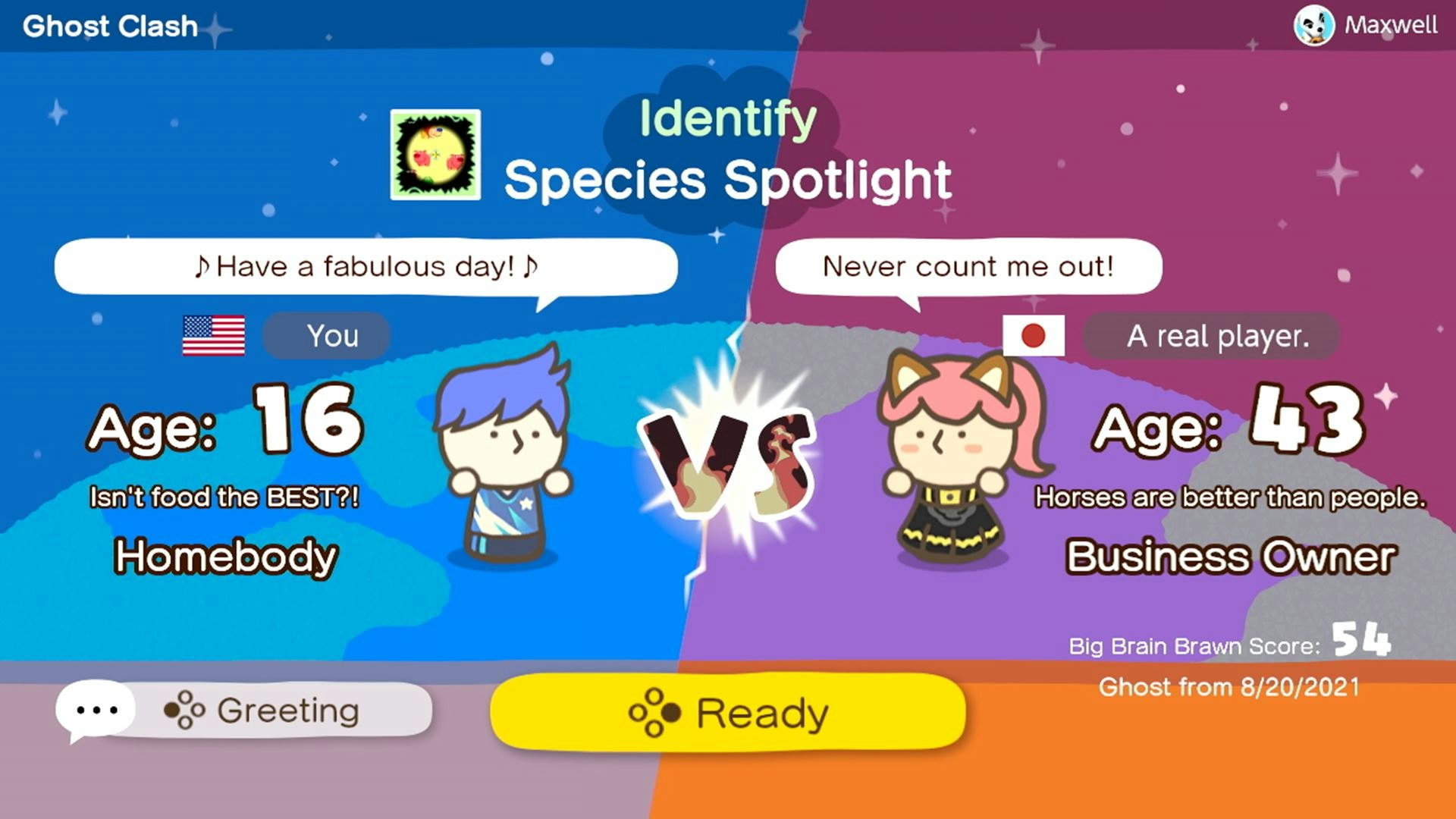
“When you compete against Ghost data, you can play without hesitation and whenever it’s convenient for you,” says Hideki Fujii, a designer on the original Big Brain Academy for Nintendo DS, in a December 2021 interview about the Switch version. “You can play in secret and never reveal your results to your opponent.” (The interviewer chimes in: “Real-time online matches are a bit nerve-racking aren’t they? You can’t even go to the bathroom during overly long matches.”)
And though 2020’s Clubhouse Games was billed as a collection of digital boardgames for get-togethers, I’ve found the online play far more thrilling. Just last night I snuck in last-minute victories in Curling and Darts that felt as triumphant as a sudden-death Smash Bros. K.O..
To me, the inevitable betrayal and heartbreak of any competitive game is tenfold more enjoyable when it comes in the bubble-gum wrapper of something safe and well-meaning than when it looks like a grenade. That last-chance toss of the perfect bulls-eye to defeat a stranger I’ll never meet had me yelling in my family room. Had I sniped a soldier with the perfect headshot, the victory would have been tainted with the faint stink of digital cruelty.
Maybe it’s my old age getting to me. Maybe it’s being the father to two young boys who don’t yet understand the corrosive effects of bloody, antagonistic games.
Take a chance
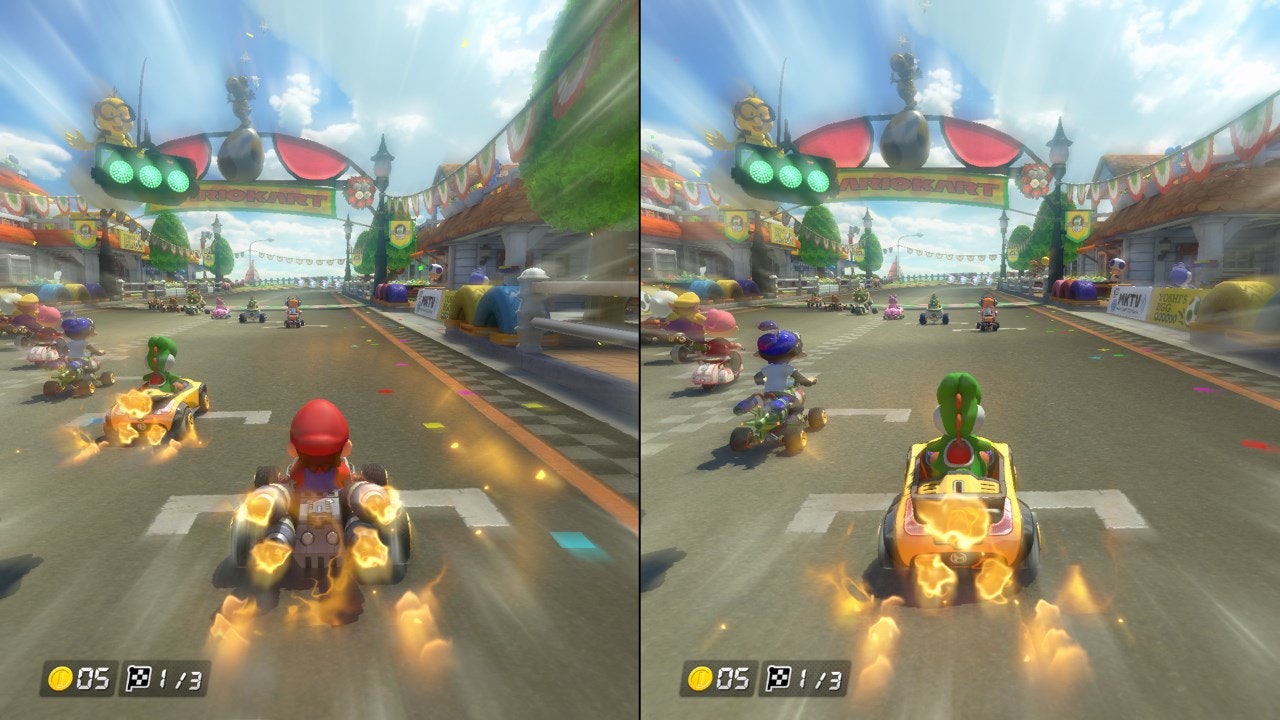
In an April 2021 column for EDGE, Steven Poole writes about the swift and enduring popularity of Wordle in a way that echoes the success of Nintendo’s best multiplayer efforts. He says Wordle “is not really a ‘competitive’ game… everyone understands that there is a large portion of luck involved.”
Anyone who has flung a last-ditch Blue Shell knows the jubilation of knocking off the leader of the pack right before the finish line in Mario Kart 8 Deluxe. Super Smash Bros. Ultimate, another game that comes alive when played against other humans near or far, is basically a luck factory, tossing power-ups and Smash Balls onto the stage to facilitate random madness. To some, this manufactured chance cheapens victory or defeat. But to me and many others, it’s the pinch of spice that makes the dish, an olive branch extended beyond the deeply devoted.
Poole also writes that Wordle “trades on empathy rather than mere competition.” Iwata seems to have thought similarly about Nintendo’s ill-fated and under-appreciated online service Miiverse for Wii U (and later 3DS) — he called it an “empathy network.” The experimental social platform, much like its online multiplayer games, aimed to bring players together and forge connections.
Nintendo’s games have always aimed to do that, even before they made video games. Their very first creation was a pack of Hanafuda cards. The game of Hanafuda itself sprung from a desire to make playing card games more accessible to all — at the time, traditional numbers-and-suits playing cards were associated with gambling but, Hanafuda was designed with imagery of the natural world: moons, trees, and animals. In this way, Nintendo has been “family-friendly” from its start in 1886.
For glory
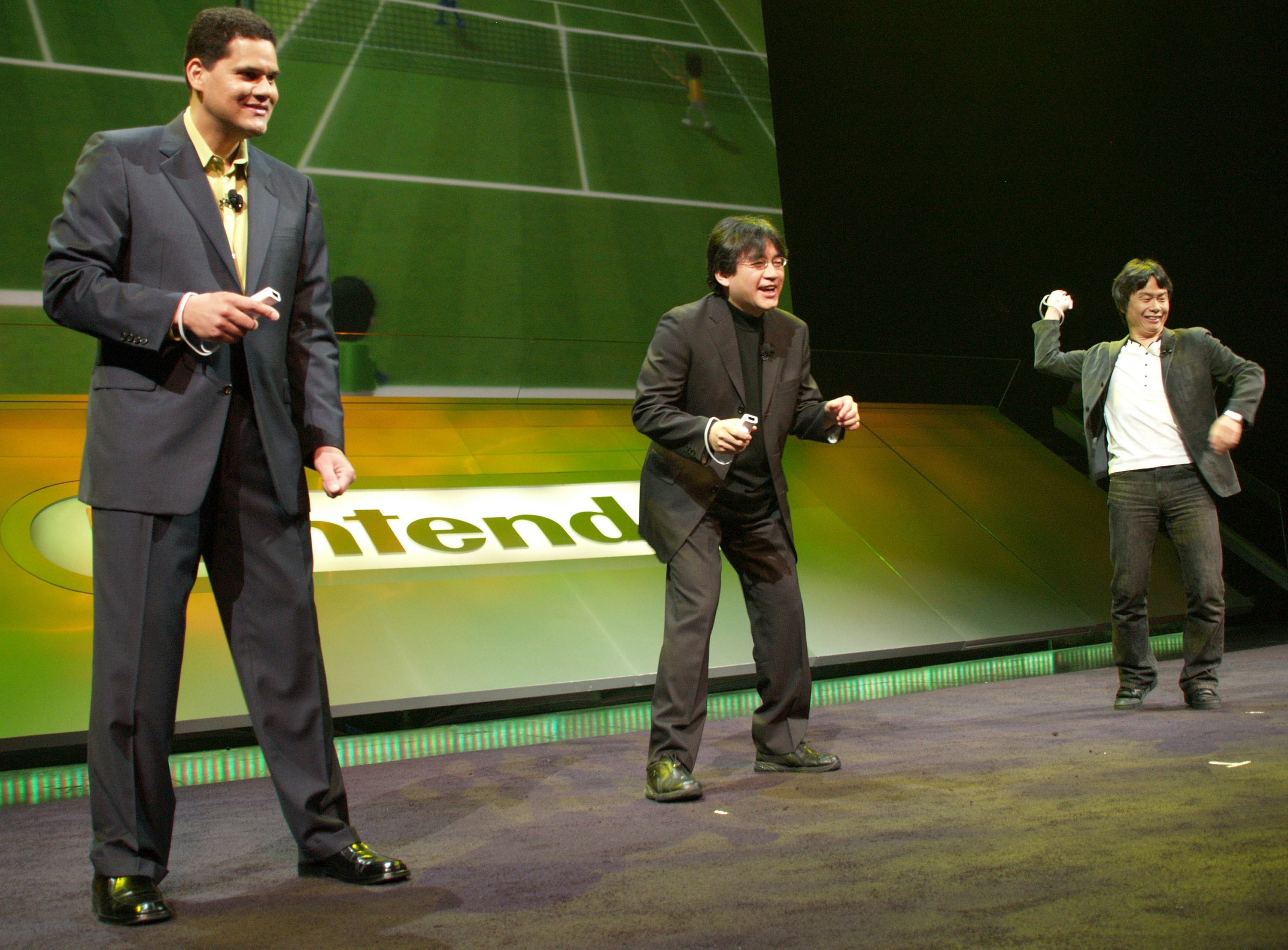
But just as Hanafuda eventually became a favored game of the Yakuza, so too has Nintendo’s gentler online play evolved into something with teeth. Mario Kart, Smash, and Splatoon all have devoted competitive scenes. And all signs point to Switch Sports fostering a competitive spirit that extends beyond the living room. But whereas top-tier players in DOTA 2 can earn millions of dollars, the best at Switch Sports badminton will likely have to be content with first dibs at some swanky digital pants and a matching jersey.
This forms the basis of another common complaint: Nintendo doesn’t do enough to prop up its own devoted player bases and financially invest in competitive scenes. But this too goes back to Iwata’s philosophy of creating games for everyone. To incentivize the narrow and obsessed would be to indirectly label everyday players as second-class. Nintendo’s best online experiences cater to the kind of one-on-one matches that traffic in mutual respect and honor, not winner-take-all boasting and batheing in champagne. There’s a reason the competitive online mode in Super Smash Bros. for Wii U/3DS was called “For Glory.”
From its roots as a playing card company and into the arcade era, Nintendo has always sought to pit players against each other. The very first version of the NES played in North America was the Nintendo VS. arcade systems. In the summer of 1984, VS. Tennis and VS. Baseball were some of the most popular games in arcades, with special sit-down DualSystem units that featured two monitors facing opposite ways.
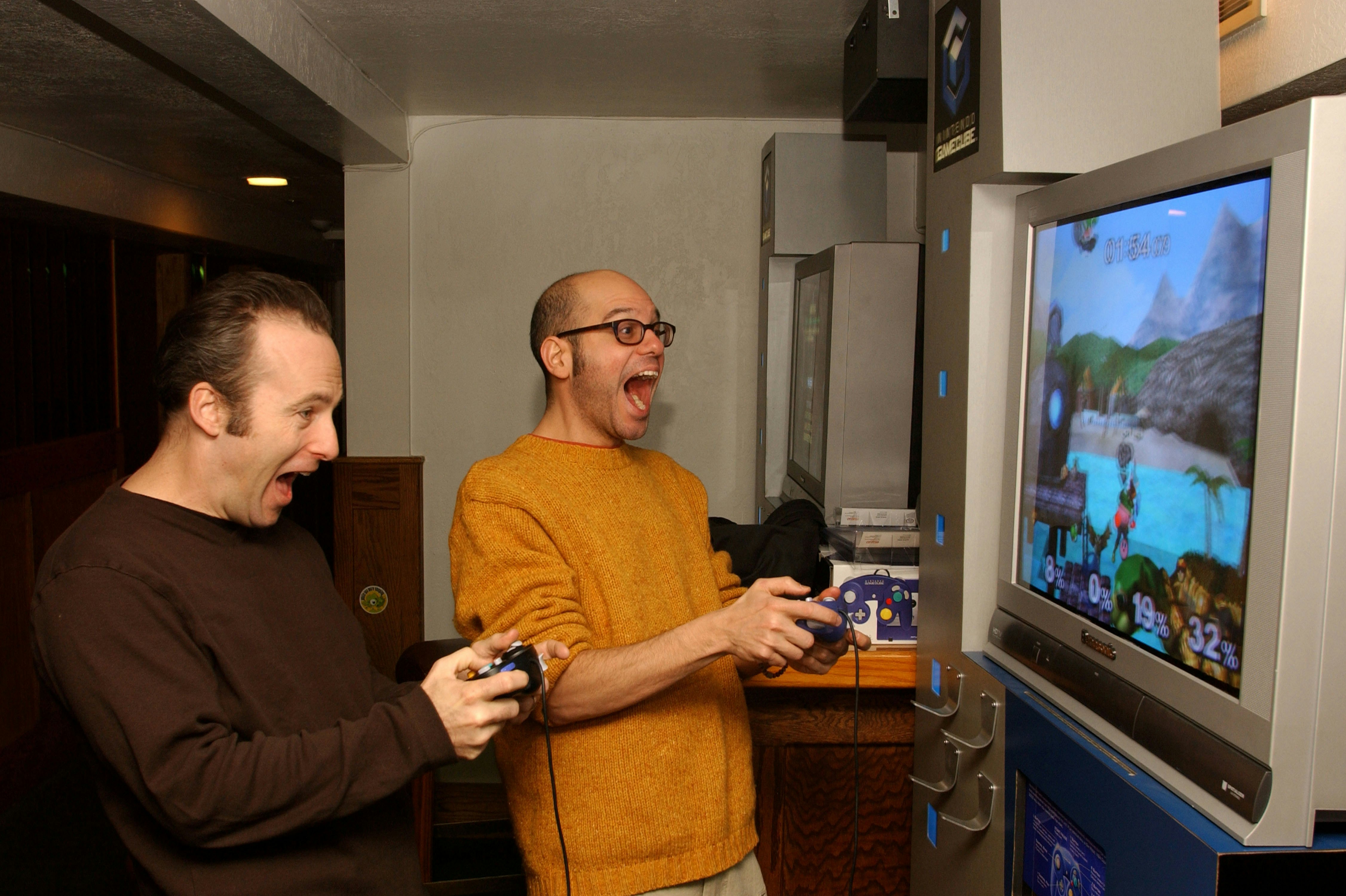
Today, Nintendo’s philosophy remains the same: An action taken against another human remains incredibly compelling, even if that action is simple. People bemoan Nintendo’s lack of voice chat or onboard communication features, but they may as well be shouting into gale-force winds — Nintendo is not listening.
Nor does it have to. Does a duel require trash-talk? Does playing chicken at 200 MPH want for color commentary? All that’s needed is the crackling energy of two competitors pushing each other to the limits. Or, the hilarity when one cracks a smile, breaks the faux-machismo staredown, and one of them falls off a ledge into a pool of water.
For Nintendo, that’s what games boil down to, and its online strategy begins and ends with that same desired result—not a scream through gritted teeth, but laughter and a grin — for winners and losers alike.
Cult of Nintendo is an Inverse series focusing on the weird, wild, and wonderful conversations surrounding the most venerable company in video games.







